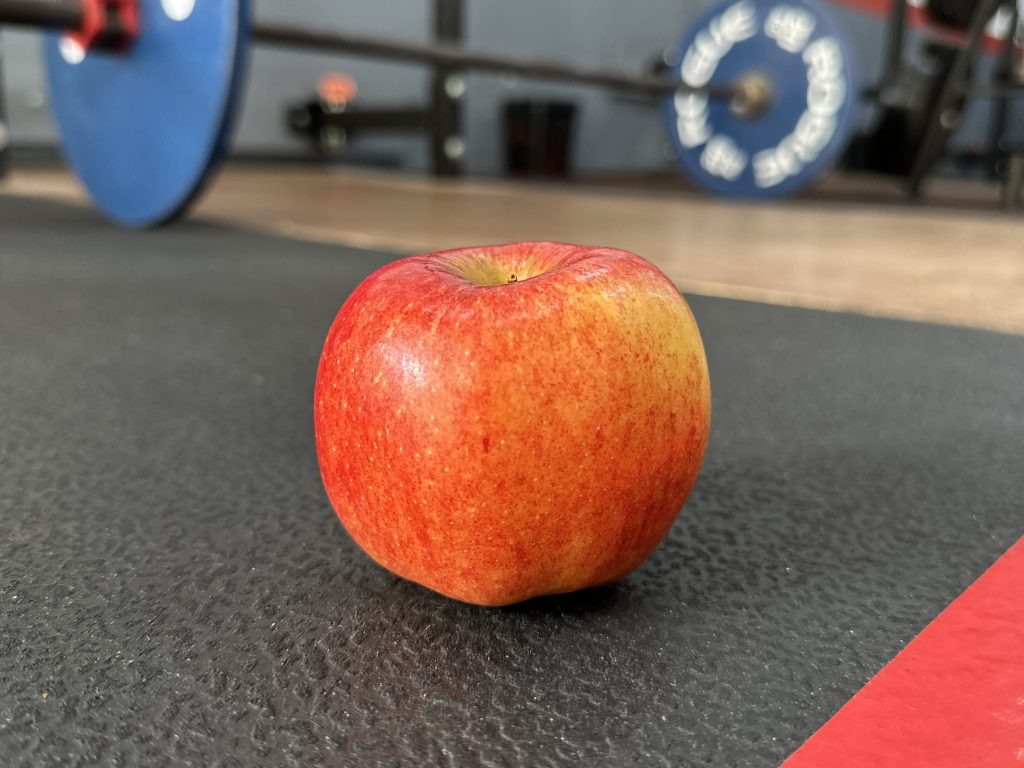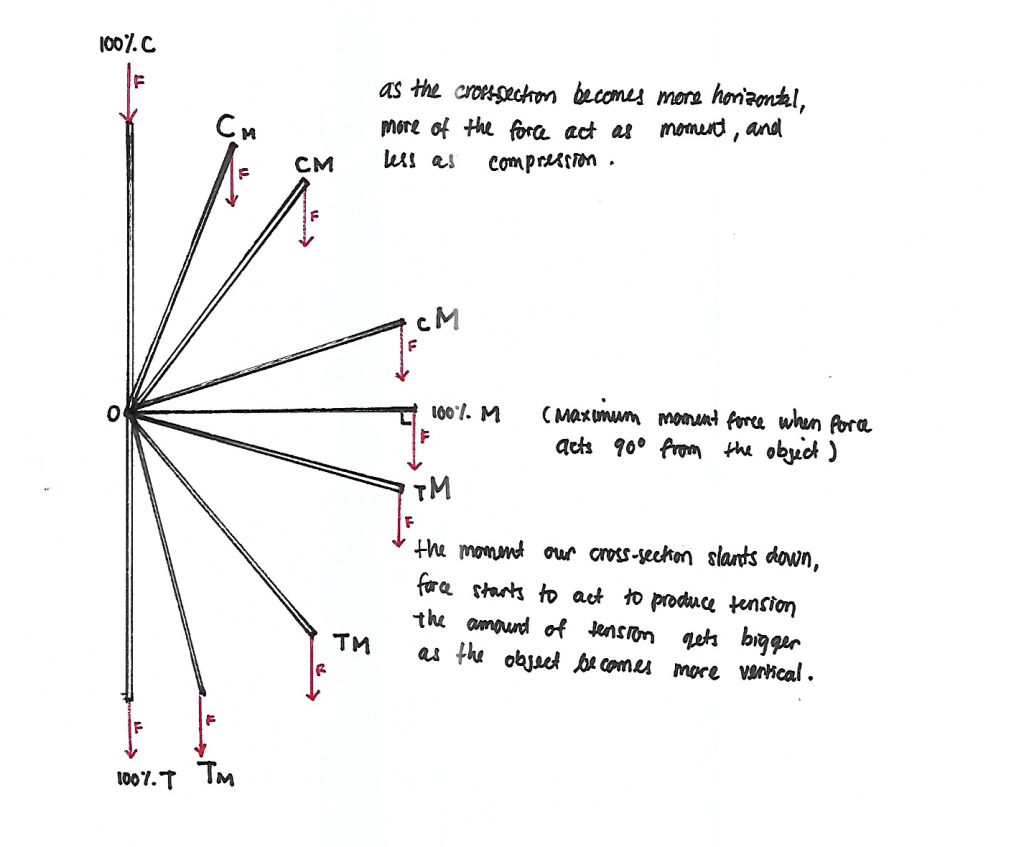
Bro-science is a branch of science that deals with the human endeavour in the gymnasium, both for the pursuit of health and strength, and more commonly, for the sake of vanity. Much like the science in the past three years, there are occasions whereby bro-science would later be proven to be wrong. However, there are certain aspects where bro-science collides with the other branches of conventional science that stood the test of time.
The world’s most influential bro-scientist, Mark Rippetoe, summarised all his findings in a model called Starting Strength so that all bros worldwide can learn about the true bro-science and start to make gains.
Unfortunately, many people don’t believe in Mr. Rippetoe’s argument because of his grumpy nature and absence of a six-pack. But then again, most people read bro-science for vanity, making Mr. Rippetoe’s appearance untrustworthy.
However, maybe, just maybe, if we spend the next 10 minutes refreshing our high school physics, we can make sense of Rippetoe’s model that he builds from the first principles.
Let’s start!
Mass and Gravity
In Newtonian physics, all objects with mass have an invisible interaction. On a universal level, the attraction between giant masses gives position and trajectory to the stars, planets, and all space objects. For example, the planets in our solar system move in a known pattern. They do not randomly collide against each other as if you are shaking marbles in a jar—all thanks to the law of gravity.
The law of gravity works on the Earth’s surface by accelerating all objects down to the planet’s center. As a result, the weight of every object on Earth is its mass multiplied by the Earth’s gravity constant. That weight is why your cup stays on your desk, and a ball that rolls out of your desk falls to the floor.
Any object will be subjected to this downward acceleration in a vertical line until it reaches its most stable position unless other external forces are being applied toward them. Again, your cup is secure on your desk. Still, you can lift your arm, interlace your fingers with the handle of the cup, and apply enough force to fight the acceleration of gravity to bring this cup towards you and drink your coffee.
This also happens in the gym with your barbells and machines. Again, you are using your body to manipulate the trajectory of the weights according to your will. So while the machines and cables allow you to move the implements in many different directions, remember, these implements are connected to a weight somewhere where it moves up and down. Therefore, its resistance is only as much as the object’s weight (plus a little force of friction, but for now, let’s ignore that).
Work against gravity
For barbell training, there is zero redirection of the force of gravity. There is no pulley to change the direction of force and no machine that allows you to sit down and push horizontally to work against that resistance. Basic barbell exercise is all about moving the weights down and up. The work you do is work against gravity. And since gravity works downwards, the work we measure is only the upward movement.
Let’s consider a deadlift. If we are deadlifting 100kg off the floor, and the bar is 1m high off the floor at the top. We can calculate the work done against gravity by multiplying the object’s mass, gravity acceleration, and vertical distance traveled.
So,
Work = mass x gravity x distance = 100kg x 9.8m/s2 x 1m = 980kg.m/2 or 980Nm
Now let’s consider a farmer’s carry, and let’s assume we are lifting the same amount of weight and the vertical distance off the floor, but this time we ran for 100 meters forward across a soccer field.
How much work was done? Apart from the initial pick up of the implement (980Nm), no more work was done against gravity, despite it being a physically exhausting, soul-crushing, tear-inducing event.
Efficient technique
No, we will never ask our lifters to walk anywhere close to 100m with barbells or weight. If we focus on maximising the work against gravity, any work in horizontal plane shall be minimized or eliminated
Moving the bar in one straight vertical motion above the mid-foot is the most efficient way to perform the barbell lifts. It’s not hard to imagine that picking an object up in a straight line is easier than picking it up in a messy curvy path. But why?
The moment I shall introduce you to moment and the moment arm!
Gravity can cause three types of force. An object can experience one or two simultaneously depending on its alignment against the force. Let me explain!
Imagine a sponge, and let’s call it SpongeBob. And another heavy object which we shall name Patrick. What happens if Patrick jumps on top of SpongeBob? The sponge will be compressed because of Patrick’s weight. If the sponge is stiff, or if this is a more rigid object, it might not squish under the load, but it will still experience compression.
Now SpongeBob is hanging on a pull-up bar, and suddenly Patrick pulls down on SpongeBob’s ankles. If SpongeBob is flexible enough, he might be elongated because of Patrick’s weight. SpongeBob’s arms and legs might feel that it’s being pulled apart. This force is called tension.
Compression and tension are axial forces that act in opposing directions. Axial force means that the force acts on the object’s axis or passes through the center of mass of that particular object. More about the center of mass later.
However, a moment force will be created if the force is acting perpendicular to the object’s axis. This moment forces produce rotation along the fulcrum. Imagine opening a door.
The moment force is affected by two elements, the angle of applied force and the length of the moment arm.
The angle of applied force
Earlier, I said that an object could be affected by one or two of the three forces. For example, look at this chart where a segment is subjected to a force at one end and locked at a center of rotation on the other side.

At the top, where the weight pushes the segment down, the object experiences 100% compression. When the segment tilts slightly, it will experience moment force and compression. As it becomes more horizontal, the magnitude of the moment force will be greater, and the amount of compression will reduce. This stops when the segment is perpendicular to the force applied. The force doesn’t compress the segment, and the force applied results in 100% moment force because the force applied is plumb.
What happens when we go keep going and let the segment tilt downwards? Now it experiences two types of force again, the moment force and now tension.
From this, the conclusion is that the angle of force application matters. When the force is perpendicular to the axis, the whole magnitude of the force becomes a moment force. However, when the force is less or more than 90 degrees, the part will become a moment force, and the other will be either a compression or tension force.
Moment arm
When you open a weighty door, pushing or pulling from the point furthest away from the hinge is easier. There is a reason the door handles are placed where they are. However, you must press much harder when you push that giant door close to the hinge!
The distance of the applied force will be the second multiplier to our moment force; the further the force is to the hinge, creates greater the turning power.
Application to loaded human movement and optimizing internal moment force
Like any beings on Earth, our human body experiences gravity and, through interaction with another object, experience compression, tension, and moment force depending on our body position.
Imagine standing up straight with a barbell on your back. The weight of the barbell pushes you down, and most of your body segments are in compression. Remember SpongeBob with Patrick jumping on top?
After a deep breath, you start pushing your knees out and hip back. The angle of our back segments and the femur becomes more horizontal, making the segments in compression and moment.
On some movements, we can calibrate the distribution of the loading. For example, in the event of a squat, the placement of the bar on our back will dictate the back angle. Placing the bar high on the trapezius allows a more vertical back angle, bringing our knees forward. And since the length of our femurs is fixed, there will be a higher moment arm from the weight to the knee joint as compared to the low bar variation. This results in a higher moment force or loading on your knee joints and lesser on the hip joints.
The circumstance described above is inefficient, considering the musculature surrounding the knees and the hips. The hip extensors comprise three big muscle groups: hamstrings, adductors, and glutes – the biggest muscle group in humans. The knee extensors consist of the quadriceps.
Knowing this, it should be apparent where the load should be distributed more. The hip extensors shall bear a greater amount of the load. This can be done by pulling the knees back and allowing the back angle to become more horizontal. Sitting back allows a more extended portion of your femur to be behind the load, artificially lengthening the moment arm to the hip joint. Remember that the longer moment arm equals a bigger moment force over the fulcrum?
Unnecessary moment arm caused by external resistance
Sometimes despite our best effort, our body position is not in the best alignment for the job. This is observable when the barbell doesn’t only move down and up; it also sways forward or back relative to the mid-foot.
Have a look at Steve’s squat here.
When the load moves up and down, our whole system works like an axial load. The force only aligns with our center of mass and our base of support. When a load is presented at a certain distance from the line of action, or in Steve’s case, the bar sways behind of the mid-foot, that load tends to create an additional rotation to the system. The lifter has two jobs now, to do the work that brings the bar up and to prevent themselves from falling over.
I think that’s enough bro-science for now. We have discussed gravity and work against gravity. We have discussed different kinds of forces and how an efficient lift can be performed by optimizing internal moment force and minimizing unnecessary external moment arm.
Next month, we will continue discussing the bro-science of midfoot and the principles of balance and stability! See you then!

